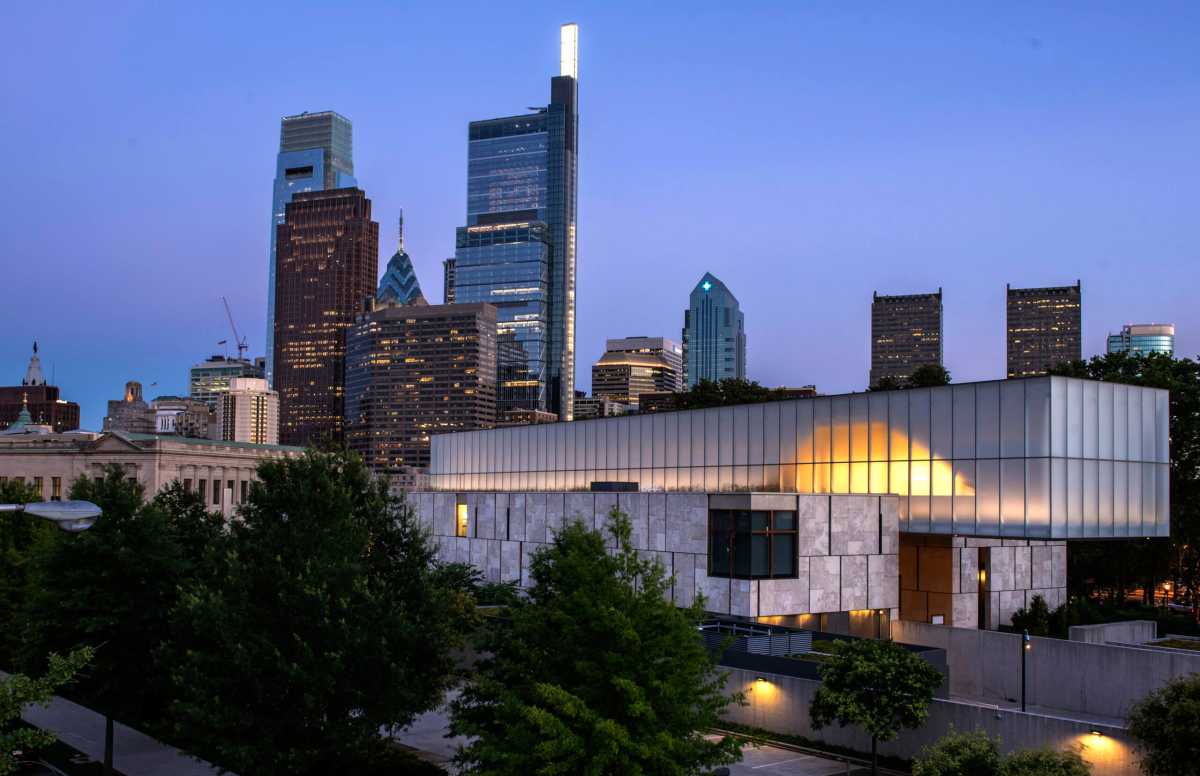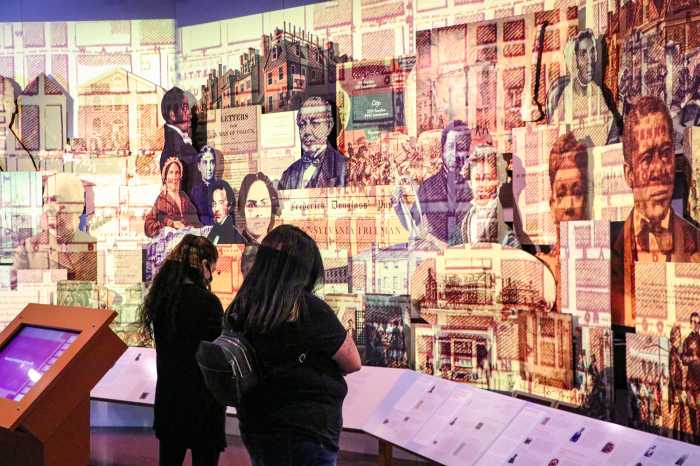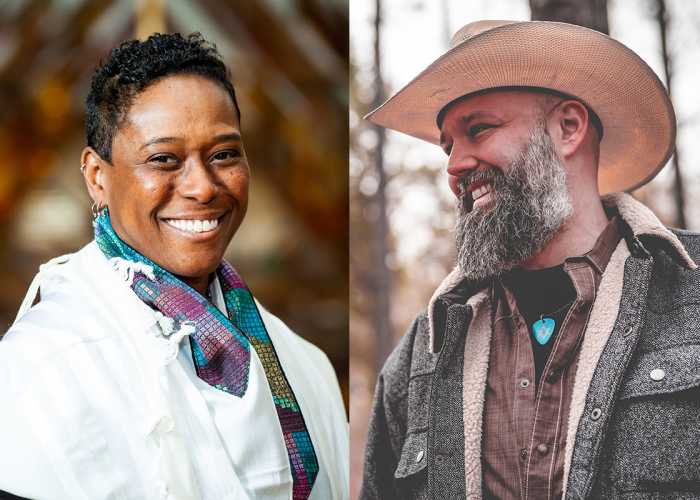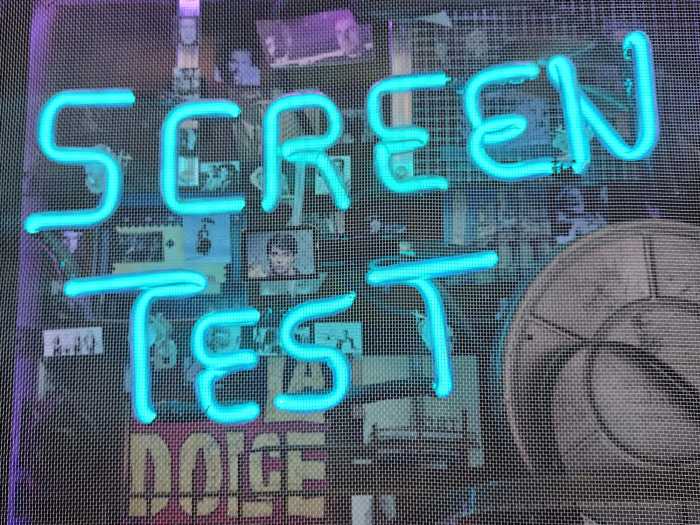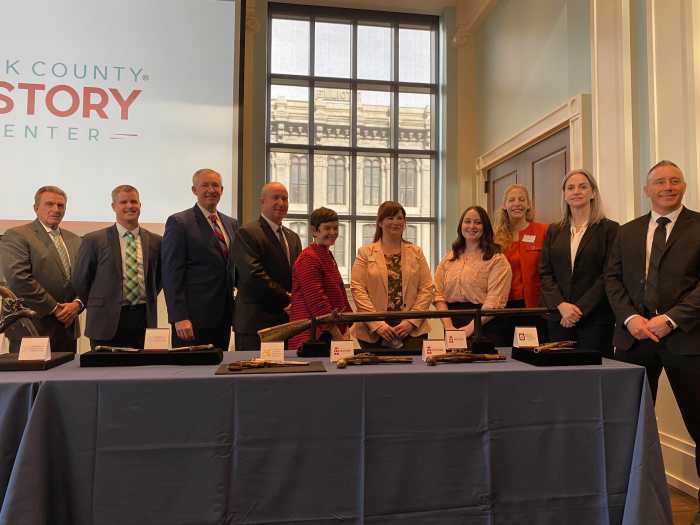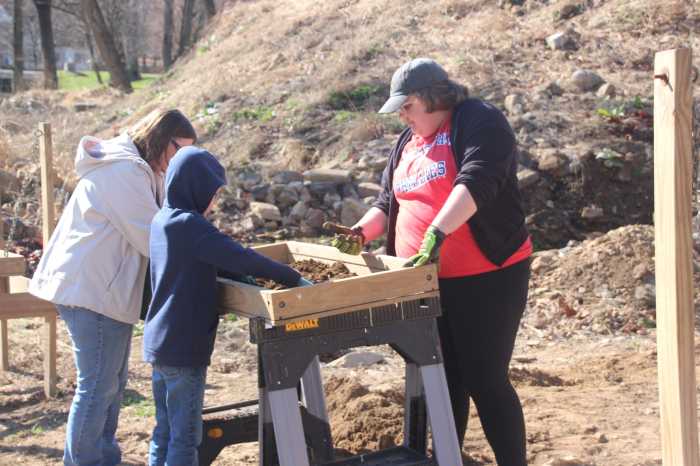The Barnes Foundation’s latest exhibit takes a look at historic and contemporary Southwest Native art, but there are some local ties incorporated as well through the form of a meaningful piece and Dr. Albert C Barnes himself.
‘Water, Wind, Breath: Southwest Native Art in Community’ is the latest showcase from the popular museum and the exhibit—which includes Pueblo and Navajo pottery, textiles and jewelry— will be on display in the Roberts Gallery through May 15.
What Philadelphians will find from ‘Water, Wind, Breath’ is approximately 100 works, including objects that Dr. Albert C. Barnes collected in New Mexico in 1930 and 1931, plus works by contemporary Native American artists that highlight the connections between historic pieces and modern practices.
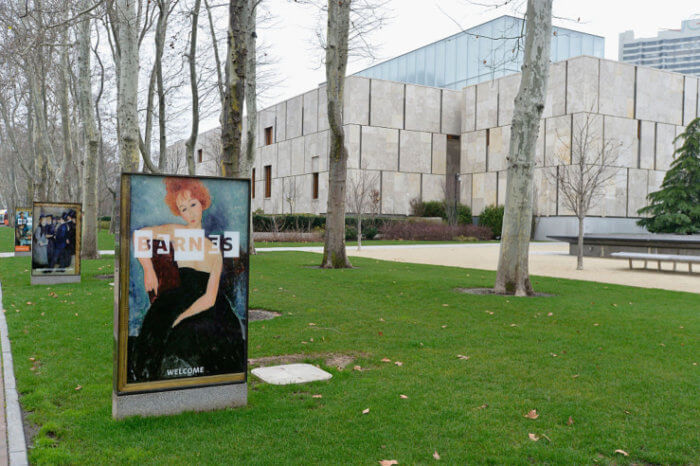
Dr. Barnes’ connection to the Southwest area of the country first came about in 1929, when he and his wife Laura traveled to New Mexico for health reasons. While there, the couple was hosted by American art patron Mabel Dodge Luhan and her Pueblo husband, Tony Lujan. Both Luhan and Lujan introduced the duo to artists and activists who defended Native rights to land and religious practices.
“We are delighted to present this exhibition showcasing objects from the Barnes collection and exploring their artistic, cultural, and historical contexts alongside works by contemporary Native artists. It is a fitting show to kick off the Barnes’s centennial year and the tenth anniversary of our home in the heart of Philadelphia as it exemplifies what we strive to accomplish through our exhibition program: To provide thought-provoking, educational experiences and scholarship that explores our collection and resonates with our history,” says Thom Collins, Neubauer Executive Director and President in a statement. “We hope this project will bring Southwest Native art to the attention of a broad audience and forge new pathways for study and collaboration between Native and non-Native communities long into the future.”
What’s even more interesting, is that archival correspondence reveals Dr. Barnes’s relationship with leading figures who influenced his collecting, included artist Andrew Dasburg and archaeologists Kenneth Chapman and Jesse Nusbaum (then director of the Museum of New Mexico), along with prominent traders across the region. In a letter to the French painter Henri Matisse, Dr. Barnes wrote about the harmony, religious seriousness, and communal nature of a Pueblo winter deer dance that he attended, according to a release.
As co-curators, Lucy Fowler Williams and Tony Chavarria say, each part of this exhibition examines the histories and ideas that Dr. Barnes and other non-Native visitors to the Southwest were likely unaware of, but that influenced the lives of Native peoples and the materials, forms, and design of the art objects they admired and collected.
Fowler Williams, associate curator-in-charge of Jeremy A. Sabloff Senior Keeper of American Collections at the University of Pennsylvania Museum of Archaeology and Anthropology here in Philadelphia, and Chavarria, curator of ethnology at the Museum of Indian Arts and Culture in Santa Fe also noted their planned reach for the exhibition: “One of our goals with this exhibition is to uncover the importance of the ongoing generative practices of these arts within the contexts of their home communities, where they have adapted and quietly continued over generations, despite innumerable challenges. These art forms endure today as material expressions that mark meaningful connections to places, histories, and life forces, and their making and remaking bind, rebind, and renew essential relationships that nurture individual and community health and well-being.”
‘Water, Wind, Breath: Southwest Native Art in Community’ is separated into five categories said to evoke the four cardinal directions surrounding a central dance plaza. Those categories include Pueblo pottery, Navajo weaving, silver, jewelry making, Dr. Barnes’s experiences in the Southwest and a final section that examines the importance of the Pueblo dance as an enduring practice essential to communal health and well-being.
Highlights from the exhibition include the oldest Pueblo vessel in the Barnes itself circa 1780, titled the Storage Jar; one of the oldest Navajo textiles in the Barnes collection (on view for the first time in 20 years) circa 1840-60, aka ‘Serape with Poncho Slit’; a photograph from Cara Romero titled ‘Water Memory’ (2015) which recalls the drought that brought her family’s ancestors to their present location on the land; Charles Loloma’s (Hopi) piece titled ‘Beauty Within Bracelet’ (1976) that combines turquoise and silver as signs of water, sky, and beauty hidden within; and much more.
One artist, Melissa Cody (Navajo) also brings an interesting connection from the exhibit to the City of Brotherly Love. Her piece in the show (titled ‘4th Dimension’) is made from wool and Germantown Yarn from Germantown in Philadelphia. Her piece features a vibrant palette that is said to speak to the Navajo weavers’ courage and survival after the destruction of their homes, sheep and land by the federal government in the 19th century.
Coinciding with the exhibit is also a few educational initiatives including a class that takes place on-site later next month led by Fowler Williams (Mondays from March 21-April 11 from 6 to 8 p.m.). The Barnes will also hold tours on-site, and the Museum’s Community Engagement and Family Programming team will also work with community partners to offer on-site workshops and virtual presentations.
For more information on ‘Water, Wind, Breath: Southwest Native Art in Community’, visit barnesfoundation.org



